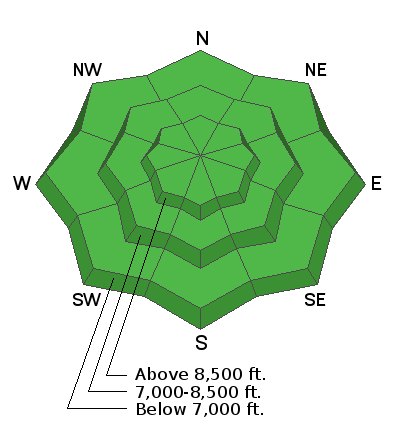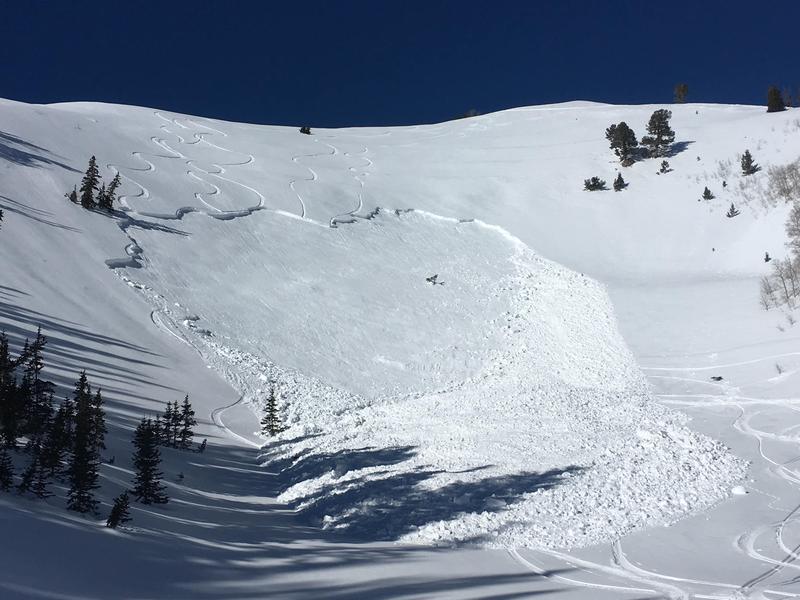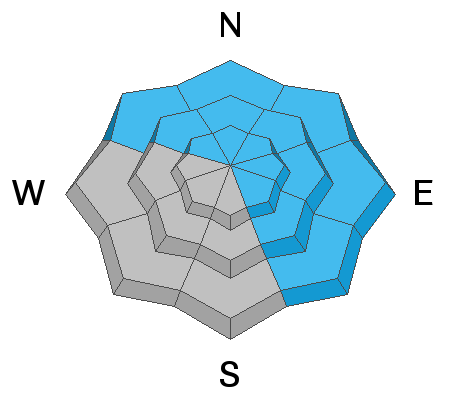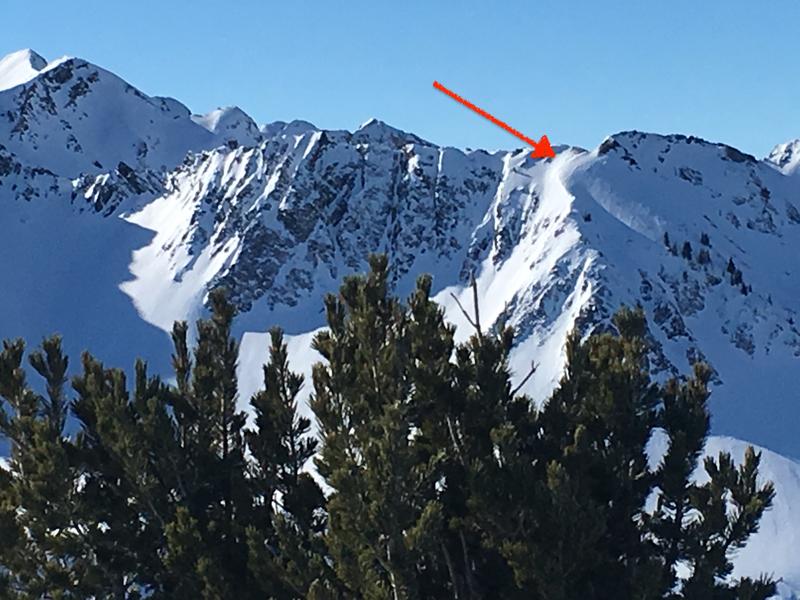Skies are partly cloudy and a temperature inversion with mid and upper elevation temperatures in the 20's F, but in the teens in lower, elevation drainage bottoms. Winds are out of the south/southeast, and have increased somewhat overnight. They are currently averaging 5-15 mph, with gusts into the 20’s and low 30’s at some mid and upper elevation stations.
Another day of beautiful - albeit boring - weather with mountain temperatures in the 20's and low 30's F. Winds will be out of the south/southeast, and generally light, with some gusts in the 20's mph along upper elevation exposed ridges. Skies will be mostly sunny, with a few high clouds passing by from time to time. We can expect to return to a more active weather pattern beginning Tuesday.
The recent spell of clear weather has weakened the snow surface, with several Ogden-area observers finding a fine crop of feathery surface hoar crystals growing in the low and mid elevations. These crystals are beautiful to observe, but very dangerous if buried. With snow likely this coming week, we will want to watch if this layer gets buried by any storm snow. (Photo Jonathan Melton)
There were no avalanches reported from the Ogden area mountains on Sunday. Further south, a skier-triggered avalanche occurred on Mill Canyon Peak in American Fork Canyon. This was on east-facing slope at 9200'. This slope had been wind-loaded, and the slide broke down 18-36" deep and an estimated 125' wide, likely failing on a layer of faceted snow that formed the first few days of January. The slide was triggered by the 5th skier on the slope, but fortunately no one was caught or carried.
Although it has been quiet in the Ogden mountains, there were two close calls on Saturday to our south and north. One was on the Skyline as a rider triggered a large slab avalanche that was on a heavily wind loaded slope (
observation), and another in the Logan area mountains (
observation). Both occurred on wind-loaded slopes that had previous tracks, failing in weaker faceted snow.
You can find observations from the Ogden mountains by clicking
here.












